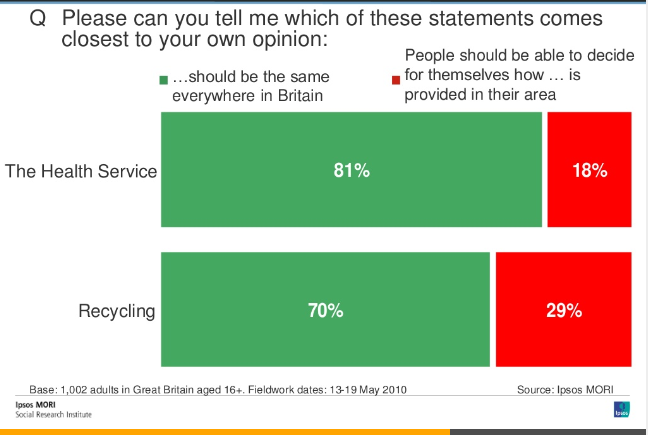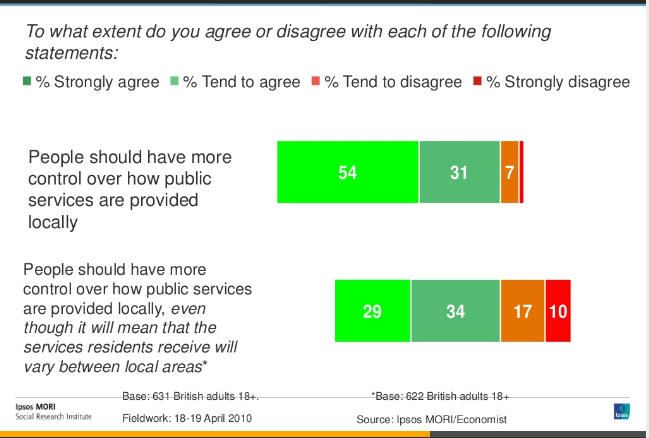Earlier in the summer, we shared some of the information our Research Officers had picked up while joining webinars on public and social policy.
Since then, we’ve taken part in more of these virtual seminars, and in today’s blog we’re providing an overview of the wide range of topics covered.
Low traffic neighbourhoods
Earlier this month, Project Centre, which specialises in public realm regeneration and sustainability, organised a webinar on the challenges of implementing Low Traffic Neighbourhoods.
Low Traffic Neighbourhoods (LTNs) are a group of residential streets where through traffic is removed or discouraged, and any remaining traffic must operate at a pedestrian pace. The focus is not only to reduce congestion and improve safety by getting traffic back onto main arterial road networks, but also to provide environmental benefits, improve public health, community cohesion and encourage people to spend more, quality time in the areas where they live by making places “liveable”.
This webinar looked at the design and implementation of Low Traffic Neighbourhoods, with guest speakers from two local authority areas (Waltham Forest and the Liverpool City Region), as well as designers from Project Centre who support the implementation of Low Traffic Neighbourhood Schemes. The speakers discussed their own experiences designing and implementing low traffic neighbourhoods and shared potential lessons for those looking to implement their own scheme.
The speakers all emphasised some key elements to effective design and implementation of LTNs they included:
- LTNs are not just about transport, they can have health and wellbeing, community cohesion and crime reduction and economic impacts for local businesses as people are encouraged and enabled to shop more safely in their local areas.
- schemes should be done with communities, not to them
- LTNs should be designed with everyone in mind to bring pedestrians and cyclists “on par” with cars in terms of the use of street space
- effective data and evaluation can help build a case for wider roll outs.
The new long life: a framework for flourishing in a changing world
This webinar was delivered by the International Longevity Centre (ILC) and included a number of speakers from a range of backgrounds who came together to discuss the impact of longevity and ageing on our engagement with work and the labour market, particularly in relation to digital technology and the changing nature of work post COVID-19. Speakers included Prof. Andrew Scott, Caroline Waters, Jodi Starkman, Stefan Stern, Lily Parsey and George MacGinnis.
Many of the speakers highlighted the difference between the ageing agenda and the longevity agenda, explaining that while many of us will live and work for longer than ever before, the nature of work and the stages of life are changing in a way that for many will be unrecognisable as the “traditional life journey”.
They stressed the need to move away from “traditional linear thinking” about how we age, with education at the start, mid-life being punctuated by work and potentially parenthood, then retirement, and that ageing in the future will be full of more “life stages” and more mini cycles where career breaks, learning and other life “punctuations” will take place at different times of life. It was suggested that the nature of work will change so much that re-learning and at times re-training will be a necessity at multiple points in life, and not just by those who change career deliberately.
Ageing well must, according to speakers, remain high on the policy agenda of future governments to ensure that the growing population of older people can live lives that are enjoyable, purposeful and productive and can contribute to wider society well into what would currently be considered “old age”.
Clearing the air
This has been a year like no other. But while attention has rightly focused on the number of Covid-19 fatalities – more than 800,000 worldwide – there is another hidden killer which has been responsible for more deaths than coronavirus, HIV and malaria combined. Research has found that air pollution caused an extra 8.8 million deaths around the world in 2015.
We’ve written before about efforts to improve air quality, and in July a webinar organised by Catapult Connected Places looked at further innovative ways to understand and tackle air pollution across the globe.
Eloise Marais, an Associate Professor in Physical Geography at UCL talked about TRACE – the Tool for Recording and Assessing the City Environment – that she is developing using satellite observations of atmospheric composition. Satellites offer more complete and consistent coverage than surface monitors, and satellites can also monitor many air pollutants, such as sulphur dioxide, ozone, nitrogen oxides and fine particulate matter.
But while satellites have a long and well sustained record of recording data – some have been in space for more than a decade – their measurements have limitations in terms of spatial resolution. At the moment, these can only cover city-wide air quality, rather than providing postal code measurements. Eloise explained that, while satellite data has been used to show that air quality improvement policies have been effective in London as a whole, they cannot yet confirm that in some parts of the city pollution levels are not falling. Even so, Eloise noted that spatial resolution is improving.
Later in the webinar, Bob Burgoyne, Market Intelligence Team Lead at Connected Places Catapult talked about the Innovating for Clean Air India Programme. India is home to 14 of the world’s most polluted cities. One of these, the city of Bangalore is especially badly affected, and Bob described a project which aims to improve the city’s air quality and enable a transition to electric vehicles. The Catapult network has been working with academic and professional bodies, and with small and medium sized enterprises in India to measure and demonstrate the impact of pedestrianizing a major street in Bangalore on Sundays. The long term goal is to permanently pedestrianise the street, and to demonstrate active and electric mobility solutions.
Back on track: London’s transport recovery
This webinar, organised by the Centre for London, discussed the impact of the Coronavirus pandemic on London’s transport systems and explored the impact of changes to Londoners’ travel habits on the actions required for recovery.
The event included contributions from Rob Whitehead, Director of Strategic Projects at Centre for London, Cllr Sophie McGeevor, Cabinet Member for Environment and Transport at London Borough of Lewisham, and Shashi Verma, Chief Technology Officer and Director of Strategy at Transport for London.
A major concern raised by speakers was that current trends indicate that car usage is returning to normal levels faster than any other form of transport. Public transport, such as bus and tube, is slowly recovering but its usage is often linked to changes to lockdown restrictions, with surges in use as restrictions are lifted that very quickly level off. Additionally, although it appears that active transport use has increased, this increase tends to be at weekends and is more apparent in outer London.
As a result of these trends, there is a serious concern that levels of traffic in London may exceed the levels experienced prior to the lockdown. Currently, road traffic is at roughly 90% of normal levels, if this rises to 110%, the resulting congestion will result in gridlock and could have major implications for London’s economy.
How should we use grey literature?
This webinar was organised by the CILIP Health Libraries Group, for CILIP members to learn about and discuss how grey literature is used by libraries, and the benefits and challenges of making use of such content.
The main talk was delivered by two members of the library team from the King’s Fund – Deena Maggs and Kathy Johnson – who emphasised the importance of grey literature as a means of delivering timely and up to date information to users, particularly in the context of health and social care policy, where information needs tend to be very immediate.
The session involved discussions about the usefulness of grey literature in terms of Covid-19 recovery planning, as well as the challenge of determining the credibility of content which is not peer reviewed or commercially published.
The speakers gave practical advice around selecting and evaluating such sources, and highlighted the broadening range of ‘grey’ content that libraries can make use of, such as audio recordings, blog posts, and Tweets.
Follow us on Twitter to see which topics are interesting our research team.














You must be logged in to post a comment.